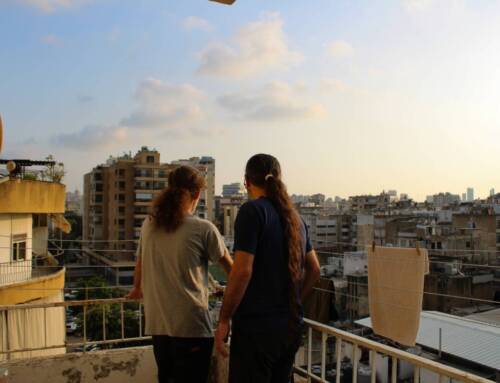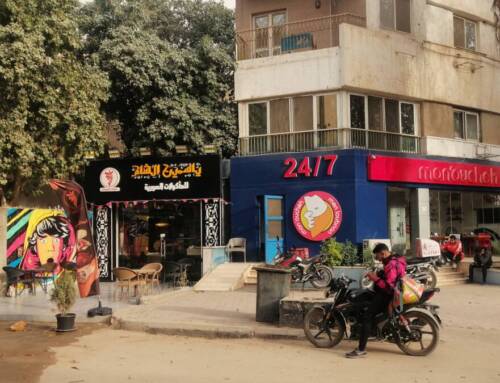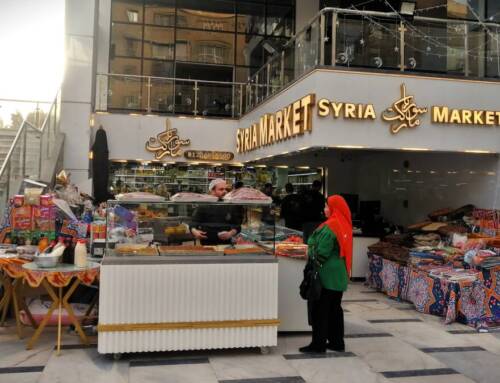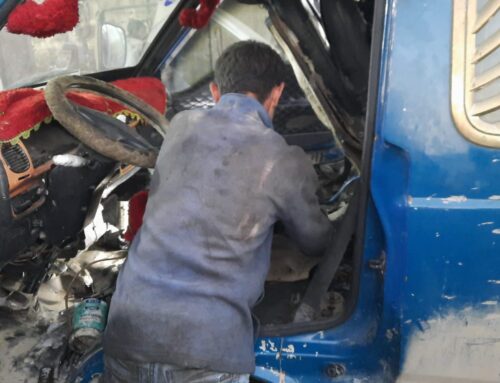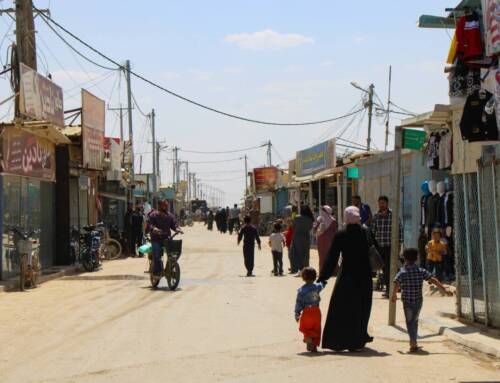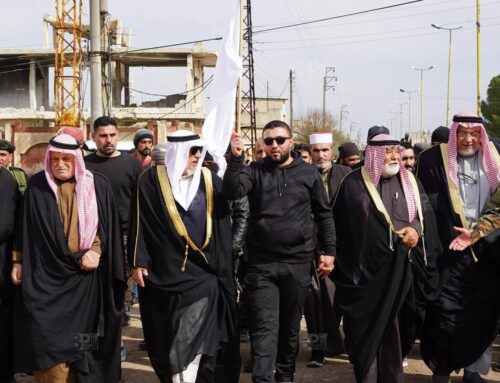IS launches full-on assault of Palmyra
AMMAN: The Islamic State launched a two-pronged attack Wednesday on […]
13 May 2015
AMMAN: The Islamic State launched a two-pronged attack Wednesday on the historic town of Palmyra in the eastern Homs countryside, and is now just 5km northeast of its Roman-era ruins, a UNESCO World Heritage Site.
IS captured al-Amiriya, a town just north of Palmyra, while simultaneously attacking a compound housing regime officers’ quarters to the east, reported pro-opposition Sham News Network.
“IS took control of the town of al-Amiriya [located approximately 2km north of Palmyra] in order to reach the weapons depots that stretch from the west of al-Amiriya to…[areas] west of Palmyra,” Umar Hamza, a citizen journalist inside Palmyra, told Syria Direct Wednesday.
Fighters from the Islamic State captured the fuel depots that sit at the entrance to the complex of weapons depots on Wednesday, Khaled al-Homsi, the alias a member of the Palmyra LCC, told Syria Direct.
As some Islamic State fighters battled with the regime for control of the depots, others struck the Palmyra military airport with Grad missiles to “lighten the number planes taking off, which are hitting IS targets in the vicinity of the depots,” said al-Homsi.
Columns of heavy smoke could be seen rising from the airport after IS carried out “direct hits,” reported Sham News Network.
In the third century AD, Palmyra’s Queen Zenobia led an unsuccessful revolt against the Roman Empire. The desert town is an ideal location for large regime weapons depots, which are situated in a valley between two mountains northwest of the town. It is home to the Palmyra military airport and the Palmyra military prison, site of the regime’s famous 1980 mass execution of hundreds of prisoners one day after an attempt on then-President Hafez al-Assad’s life.
Today, the regime considers Palmyra the first line of defense against IS attacks originating from the eastern regions of Syria. IS control over the city would mean cutting off a central supply route running northeast into Deir e-Zor city, where the Islamic State is besieging several neighborhoods still held by the Syrian army.
The town is also a point of defense for the surrounding gas and oil fields, including the Shaer fields, the principal source of gas for the energy-strapped regime. Palmyra houses a large number of Iranian officers, reported pro-opposition Zaman al-Wasl in February 2015.
Concurrent with the attack on al-Amariya and the nearby weapons depots, IS fighters launched an assault on Station 3, which contains the officers’ quarters compound east of Palmyra city, said Umar Hamza. Conflicting information has emerged on the progress of that battle.
A number of pro-opposition sources and IS sympathizers report that IS has taken control over several checkpoints in the vicinity of Station 3 [see here, here], while others claim IS has taken the compound in its entirety [see here, here].
Inside Palmyra, unknown snipers targeted residents fleeing from the northern neighborhoods on Wednesday, reported al-Homsi.
“The streets of Palmyra are almost empty of pedestrians,” he said.



